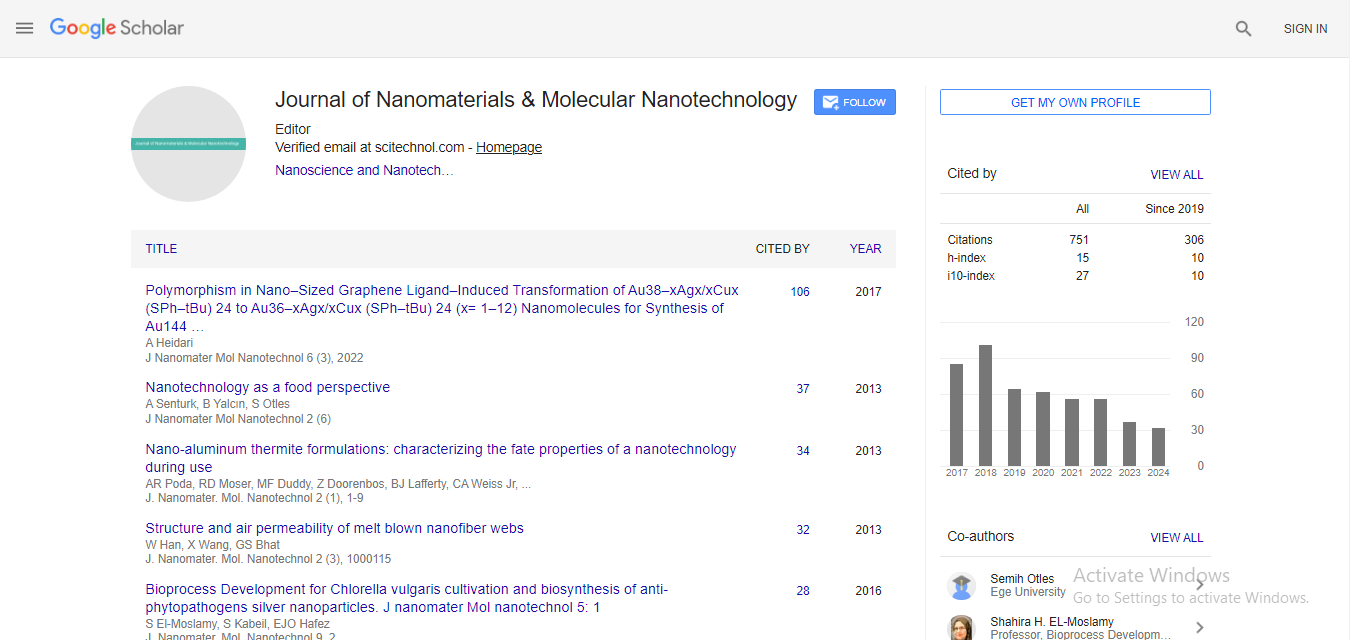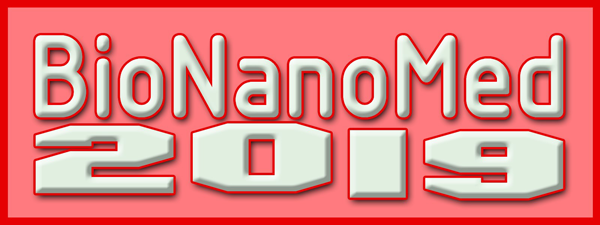History of Nanosciences: Nanophysics, Nanochemistry, Nanobiology, Nanotoxicology, Nanoethics
Philippe Houdy
Evry Paris Saclay University, France
: J Nanomater Mol Nanotechnol
Abstract
Controlling "holes" and "eleAll along the centuries, scientists try to understand and to master the ultimate limit of the material : Democritus (-460, -370), father of modern science, predicts that “everything is composed of atoms”. John Dalton (1766, 1844) proposes the modern atomic theory (1808). Dmitri Mendeleev (1834, 1907) formulates the periodic law and creates the periodic table of elements (1869). Max von Laue (1879, 1960) first observes the diffraction of X-rays by crystals (1912, NP 1914). Ernst Ruska (1906, 1988) builds the first electron microscope (1931, NP 1986). Richard Feynman (1918, 1988) predicts that “There is plenty of room at the bottom” (1959, NB 1965). Norio Taniguchi (1912, 1999) grows ultra thin films and proposes the term of nano-technology (1974). Heinrich Rohrer (1933, 2013) and Gerd Binnig (1947) create the first nano-apparatus (scanning tunneling microscope: visualization of atoms 1981, manipulation of atoms 1989, NP 1986). Harold Kroto (1939, 2016), Richard Smalley (1943, 2005) and Robert Curl (1933) discover fullerenes (C60 buckyball, nanotube, graphene, 1985, NP 1996). Eric Drexler (1955) writes “The coming era of nanotechnology” (1986). Finally, Peter Grunberg (1939) and Albert Fert (1938) discover the giant magnetoresitant effect and create spintronic (1988, NB 2007) and André Geim (1958) and Konstantin Novaselov (1974) study graphene properties (2004, NB 2010). We will describe the breakthroughs in nanophysics, nanochemistry, nanobiology all along the last thirty years opening new horizons in research and industry and try to evaluate nanotoxicology risks and nanoethics answers. Recent Publications 1. Nanophysics, Claire Dupas, Marcel Lahmani, Philippe Houdy, SPRINGER, 2006 2. Nanochemistry, Catherine Bréchignac, Marcel Lahmani, Philippe Houdy, SPRINGER, 2008 3. Nanobiology, Patrick Boisseau, Marcel Lahmani, Philippe Houdy, SPRINGER, 2010 4. Nanotoxicology ans nanoethics, Francine Marano, Marcel Lahmani, Philippe Houdy, SPRINGER, 2011 5. Nanoscience and nanotechnology, Jean-Michel Lourtioz, Marcel Lahmani, Claire Dupas, Patrice Hesto, SPRINGER, 2016
Biography
Born in 1957 (61 years old) Professor Philippe Houdy is a French nano-physicist. He gets is PhD in material sciences in 1982. He starts nanosciences in Philips laboratory in Paris working on nano-optics and nano-magnetics as head of the Nano-material team. In 1992 he joins Evry University working at the material center of Ecole nationale des Mines de Paris studying nano-mechanics. In 2004 he starts a nano-sciences pedagogical project. He publishes four books in French and four books in English. He successively earns Roberval Price (2008) and Roberval Trophy (2011). From 2011 to 2014 he is the President of Evry University. Since 2015, he studies History of Knowledges at IDHES Evry Laboratory. philippe.houdy@univ-evry.fr
 Spanish
Spanish  Chinese
Chinese  Russian
Russian  German
German  French
French  Japanese
Japanese  Portuguese
Portuguese  Hindi
Hindi 



